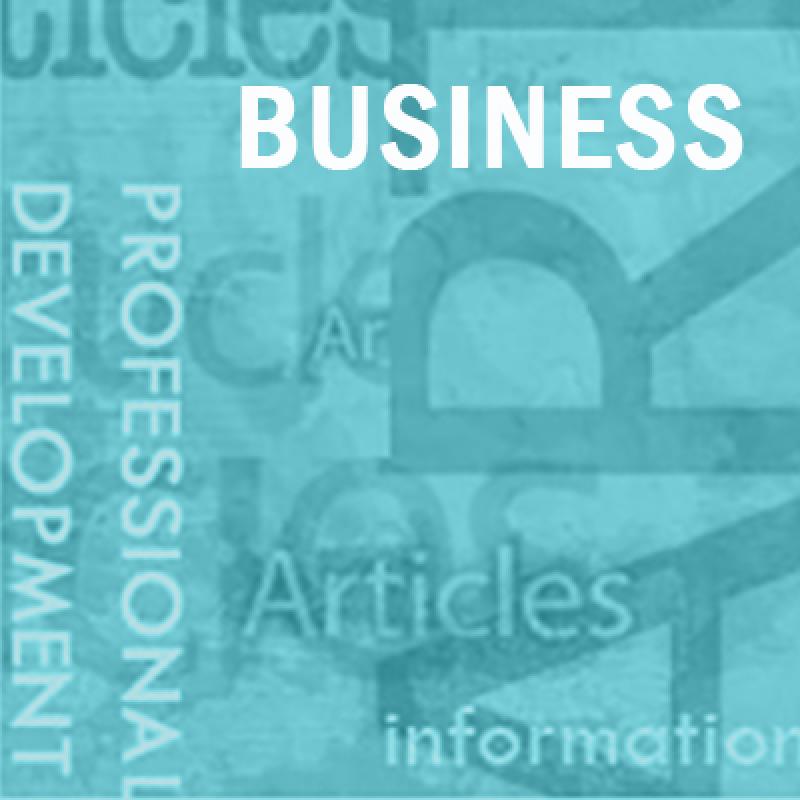The US Constitution provides that Congress shall have the power: “to promote the progress of science and useful arts, by securing for limited times to authors and inventors the exclusive right to their respective writings and discoveries.” U.S. Const. art. I, § 8, cl. 7.
What is a copyright?
The Copyright Act protects original and creative works of authorship fixed in a tangible medium of expression.
• “Original” means independently created and not entirely copied from another source
• “Creative” means some minimal creativity, but the required level is extremely low
• “Fixed” means sufficiently permanent or stable to be perceived, reproduced or otherwise communicated for a period of more than transitory duration
• “Tangible Medium” means on paper, a filmstrip, on a computer screen—not just in your brain!
What copyright does not protect
• Ideas (though physical expressions of ideas are protected), concepts, discoveries, principles
• Formulas, processes, systems, methods, procedures
• Words and short phrases, such as names, titles and slogans
• Familiar symbols or designs
• Mere variations of typographic ornamentation, lettering or coloring
Copyrightable subject matter includes
• Literary works
• Musical works
• Dramatic works
• Pantomimes and choreographic works, when in fixed form
• Pictorial, graphic and sculptural works (here’s where quilts come in)
• Motion picture and other audio and audiovisual works
• Architectural works
What rights does a copyright give you?
Copyright gives the owner the exclusive right to :
• Reproduce copies
• Prepare derivative works
• Distribute a work to the public (by sale or other transfer of ownership, or by rental, lease, or lending)
• Display the work publicly
• Example: If you create a quilt and show it at an exhibition, the exhibition organizer cannot, without your permission, make postcards of it and send them out
How to acquire copyright
• General rule: Copyright ownership vests in the author at the moment of creation of a work in a fixed medium
• Copyright protection is thus automatic when work is fixed
• There is no such thing as a “poor man’s copyright” (i.e. mailing a photo of your quilt to yourself)
• Copyrights on works prepared by employees are owned by their employer
• Copyrights on works created pursuant to the directions of a purchaser are owned by the buyer/commissioner
Copyright registration is optional but there are benefits
• You gain benefits (as they pertain to type of damages recovery) if you register the work before an infringement occurs
• Generally, you cannot start litigation if the work was first published in the United States unless you first obtain a registration
• You can register copyright at any time, but if you register within three months of publication, you can request attorneys’ fees and statutory damages in any litigation
Copyright registration is easy
• Forms and other information available online at http://www.copyright.gov
• Copyright Office will help you if you have questions—call 1 (877) 476–0778
Basis of an infringement claim
• Ownership of a valid and enforceable copyright
• Registration is prerequisite to bringing suit (for U.S. works only)
• Unauthorized copying. Absent direct evidence (e.g., admission or eye-witness testimony), this may be established by proof of a) access plus b) substantial similarity
• Substantial similarity is measured by the “ordinary observer test”
• Access is presumed if there is “striking” similarity
• Intent or knowledge is not required for infringement
• There is no “10%” or “7 points” rule. (i.e. you’re still breaking copyright law if you change something 7 different ways)
Based on the slide presentation given at SAQA’s May 2007 conference in Athens, Ohio, by George Gottlieb and Marc P. Misthal, from Gottlieb, Rackman & Reisman, P.C., intellectual property attorneys. For more information, visit their web site at www.grr.com.
SAQA Journal Winter 2008, 18.1, Page 8


